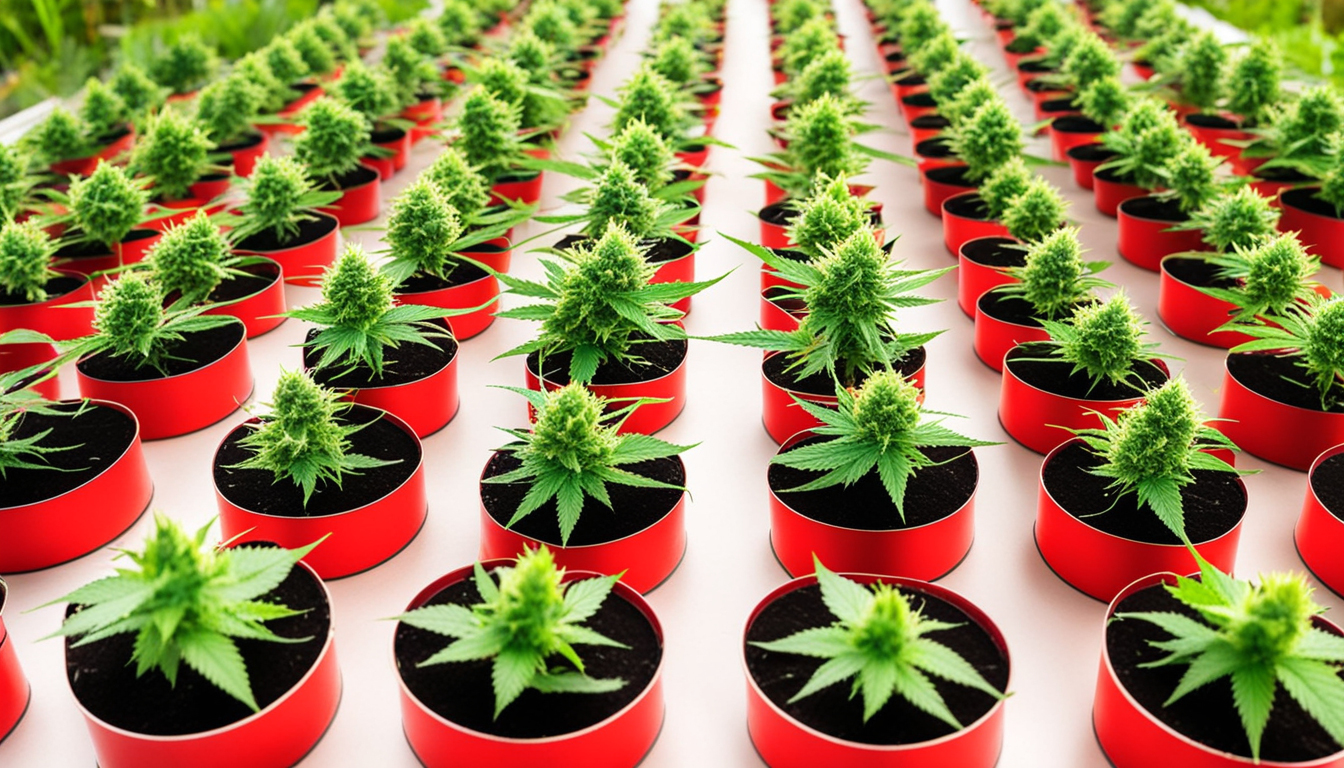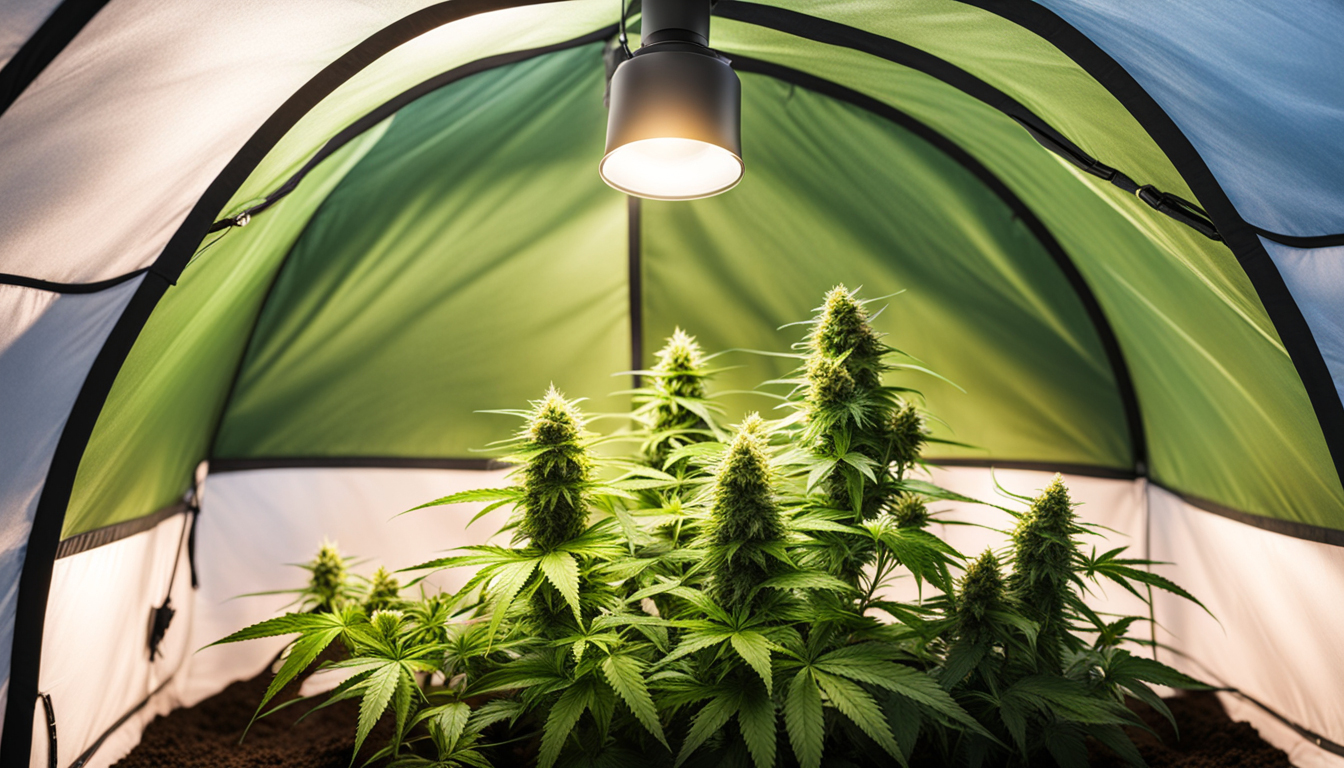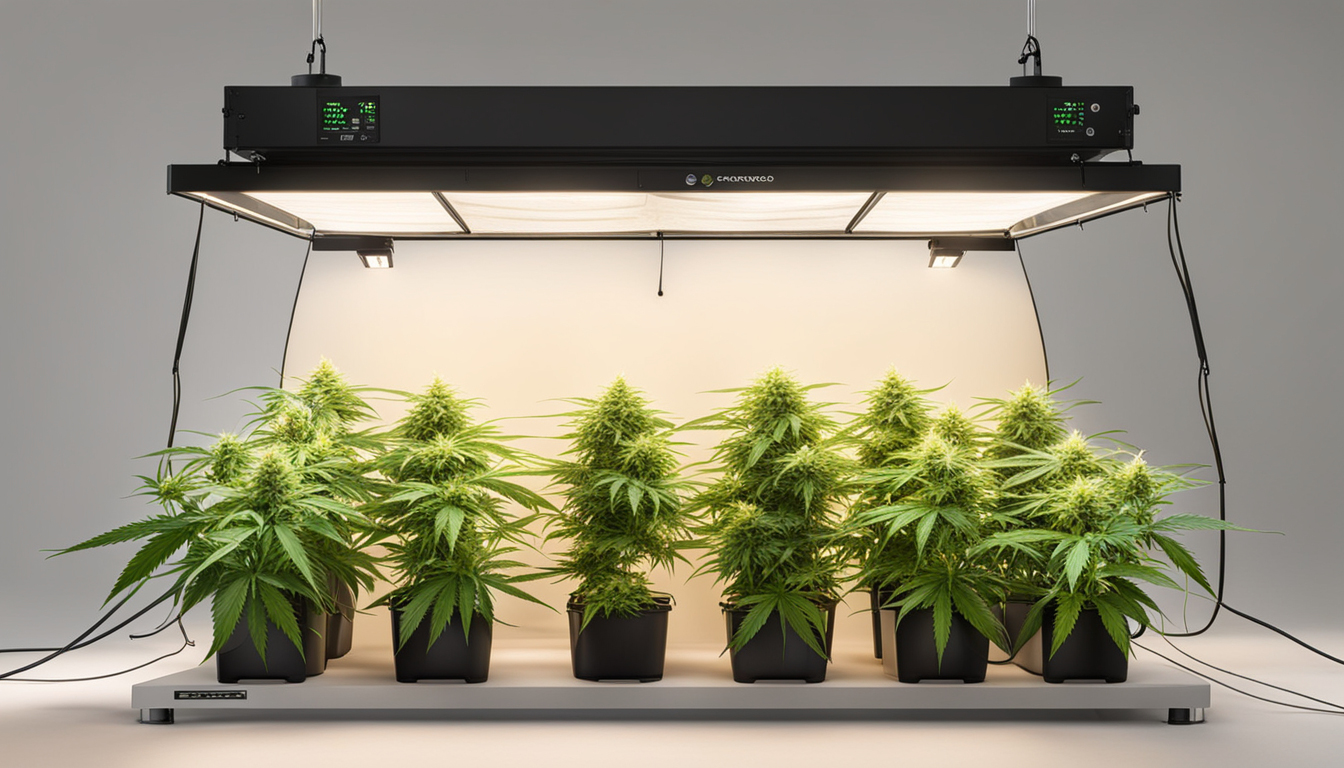
Whether you're new to weed production or looking to improve your existing harvest, following this complete guide will help you produce large, high-quality yields right at home. With the right gear, methods, and attention, growing weed indoors can be an extremely satisfying and cost-effective endeavor.
Choosing Marijuana Varieties
The first step in planning your indoor harvest is picking the right cannabis varieties to grow. The three main types of cannabis plants each have their own traits.
Sativas
Known for their invigorating mental effects, these strains spread tall and slender with narrow leaves. They flourish in tropical equatorial climates and have a longer flowering time between 10-12 weeks indoors. Top sativa strains include Sour Diesel, Durban Poison, and Jack Herer.
Relaxing strains
These strains provide calming body-focused effects and spread short and bushy with wide leaves. Accustomed to cooler mountain climates, they flower faster within 8-9 weeks. Popular indica strains include Granddaddy Purple, Northern Lights, and Bubba Kush.
Hybrids
Hybrid strains blend traits from both sativas and indicas. They offer combined effects and have moderate flowering periods around 9-10 weeks. Well-known mixes are Blue Dream, OG Kush, and Blue Dream.

Setting Up Your Cultivation Space
Pot plants need the right controlled environment to succeed. Key factors for indoor cultivations are lights, ventilation, layout, and finding the ideal discreet location.
Location
Choose an available space with direct access to irrigation and electrical outlets. An empty spare room, large closet, corner of the basement, or cultivation tent tucked away in a garage all make great stealthy grow room spots.
Lights
Pot requires powerful light for all growth stages. LED grow lights are efficient and come in broad spectrum options simulating natural outdoor light. Provide 15-25 watts per square foot for the growth stage and 20-40 watts per square foot for bloom.
Ventilation
Proper airflow and exhaust systems keep ideal temperature, moisture, and pure CO2 levels. Install quiet 10-15 cm blowers or carbon filters to circulate old air and eliminate smells.
Layout
Optimize your space by arranging plants carefully under the lights and leaving room to reach and work around them. Set up separate zones for growth, bloom, drying, and propagation.

Growing Mediums
Weed can be cultivated in different substrates, each with pros and cons. Pick a proper option for your particular setup and growing style.
Soil
The traditional medium, soil is cheap and simple for beginners. It provides excellent flavor but requires more irrigation and fertilizing to feed plants. Amend soil with perlite or coir to improve aeration.
Coco Coir
Made from coir, renewable coco coir holds water but still allows air to the roots. It's cleaner and more consistent than soil. Use coco-specific nutrients to prevent calcium buildup.
Hydroponics
In water systems, plant roots grow directly in fertilizer water solution. This allows quick development but needs close observation of solution properties. DWC and drip systems are popular techniques.
Germinating Seeds
Sprouting prepares your weed seeds to start growing taproots. This prepares them for transplanting into their cultivation medium.
Paper Towel Method
Place seeds between wet paper towels and keep them damp. Inspect after 2-7 days for emerging radicles indicating germination is complete.
Planting directly
Insert seeds directly into pre-moistened growing medium 6mm deep. Gently water and wait 7-14 days until sprouts push through the top.
Cubic rockwool
Presoak rockwool cubes in pH-adjusted water. Place seeds 1⁄4 inch deep into the cubes. Keep cubes moist until sprouts appear within a week to 2 weeks.
Transplanting Seedlings
Once germinated, pot young plants need to be repotted to prevent overcrowding. Move them into appropriately sized containers.
Ready Containers
Load large pots with growing medium amended with time-released fertilizer. Let pots to absorb water overnight before transplanting.
Gently repotting
Carefully separate seedling roots from germination medium using a spoon. Place into pre-soaked container at same depth as before and lightly water in.
Vegetative Stage
The growth stage encourages foliage and plant form through 3/4 to full day of daily light exposure. This stage usually lasts 4-8 weeks.
Providing 18-24 Hours of Light
Use lamps on a 24 daily schedule or outdoor light to initiate constant cannabis indoor photosynthesis. Light intensity influences height and node distance.
Nutrients
Use grow stage fertilizers richer in nitrogen. Make sure pH stays around 6.5 for proper nutrient absorption. Feed 1⁄4 to 1⁄2 strength after 2 weeks and increase gradually.
Training Techniques
Topping, LST, and trellising direct shoot shapes for flat foliage. This increases yields.

Bloom Stage
The flowering stage develops buds as plants show their sex under a 12 hour cycle schedule. It lasts 8-12 weeks depending on variety.
Switching to 12/12
Change grow lights to 12 hours on, 12 hours cannabis grow guide off or place outside for natural 12/12 timing. This triggers plants to begin blooming.
Stop Fertilizing
Flushing flushes out fertilizer residuals to improve taste. Fertilize weakly the first period then just use pH'd water the final 2 weeks.
Flushing
Maintain 12 hour photoperiod but leach using pH-balanced water only. Resume clean watering if buds aren't mature after two weeks.
Reaping
Recognizing when weed is fully ripe delivers peak cannabinoid content and aroma. Harvest plants at optimal maturity.
Identifying Ripeness
Check fading pistils, swelling calyxes, and 10-15% cloudy trichs. Inspect buds across the plant as they don't all mature evenly.
Harvesting plants
Use clean, sharp pruning shears to gently cut each plant at the base. Keep 5-10cm of stem attached.
Curing
Suspend whole plants or colas upside down in a dark room with moderate temperature and RH around 45-65% for 7-14 days.
Aging
Curing keeps desiccating while aging the buds like fine wine. This technique smooths bitterness and intensifies terpene and terpene profiles.
Curing containers
Manicure dried buds from branches and place into sealed containers, filling about 3⁄4 full. Use a sensor to measure container humidity.
Burping Daily
Unseal jars for a short time daily to gradually lower moisture. Remoisten buds if humidity goes under 55%.
Final Cure
After 14-21 days when humidity levels off around 55-65%, do a Subscribe Now last trim and store forever in sealed jars.
Troubleshooting
Even experienced cultivators run into various marijuana plant problems. Identify problems early and fix them properly to keep a strong garden.
Poor feeding
Yellowing leaves often signify inadequate nitrogen. Anthocyanins and leaves show phosphorus deficiency. Test pH and increase fertilizers gradually.
Bugs
Spider mites, fungus gnats, mites, and root aphids are frequent marijuana pests. Use neem oil sprays, predator bugs, and sticky traps for organic control.
Mold
High moisture encourages botrytis and bud rot. Increase airflow and circulation while reducing humidity under 50% during flowering.

Conclusion
With this complete indoor marijuana cultivation guide, you now have the knowledge to cultivate plentiful potent buds for private grows. Apply these steps and techniques during the germination, vegetative, and bloom stages. Invest in quality gear and closely monitor your plants. In time, you'll be rewarded with sticky fragrant buds you grew yourself under the loving care of your green thumbs. Good luck cultivating!